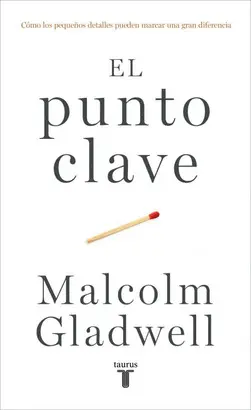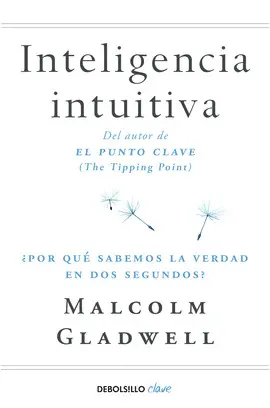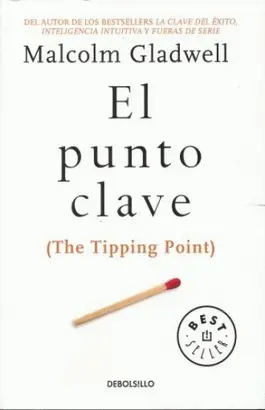- Editorial:
- LITTLE, BROWN
- Materia:
- Periodismo y Comunicación
- ISBN:
- 978-0-316-08465-9
WHAT THE DOG SAW
MALCOLM GLADWELL
Malcolm Gladwell's "What the Dog Saw and Other Adventures" is a compilation of the author's favorite work from The New Yorker, where he has been a staff writer since 1996. This book is divided into three parts 1. Obsessives, Pioneers, and Other Varieties of Minor Genius 2. Theories, Predictions, and Diagnoses 3. Personality, Character, and Intelligence. In the first part, Gladwell includes portraits of a pitchman for kitchen gadgets who is so persuasive that he could sell clothing to a nudist. In addition, he discusses three female advertising pioneers, a canny investment strategist, and a "dog whisperer" who is able to tame even the most intransigent canine. What these people have in common is an understanding of how human beings (and four-legged creatures) think and feel, supreme self-confidence, and the ability to promote themselves and their ideas. The second part deals with the art of thinking and seeing clearly. Gladwell describes the series of events that led to the Challenger explosion and the collapse of Enron. Could these catastrophic events have been foreseen and prevented? In part three, the author discusses various aspects of genius and talent, and whether it is possible to profile criminal behavior or predict how a prospective employee will fare on the job.
"What the Dog Saw" has some intriguing passages that will impel readers to say, "I never thought of this subject in quite that way before." The provocative Gladwell enjoys toying with conventional wisdom and challenging our preconceived notions. For instance, in one article, he defends certain forms of plagiarism, a transgression that many would consider indefensible. In another, he states that tragedies such as the Challenger disaster are unavoidable, since for a variety of reasons, "we don't really want the safest of all possible worlds." This water-cooler book will have people arguing vehemently that Malcolm Gladwell is either out of his mind or, conversely, that he is a courageously honest writer who dares to tell it like it is.
Unfortunately, there are several dreary chapters, including one that analyzes why one particular brand of ketchup is so popular and another that explores the poor judgment of John Rock, the inventor of the birth control pill. In addition, Gladwell occasionally indulges in hair-splitting: Do most of us really care about the fine distinctions between panicking and choking? On the other hand, there is a fascinating section that explains why mammograms, as a diagnostic tool, are inexact and hard to interpret. In addition, Gladwell makes a good case for the notion that intelligence failures, such as the ones that preceded 9/11, are easy to condemn in hindsight but may be more understandable when viewed in context. Malcolm Gladwell's strength has always been his ability to tell an original and entertaining story and connect it to our everyday experiences. He does just that in his best pieces, but there are others that probably should not have made the cut.














